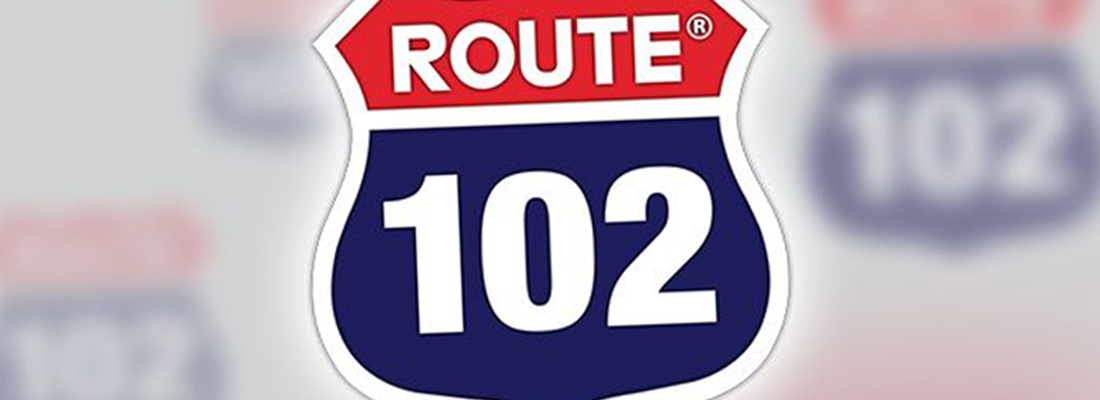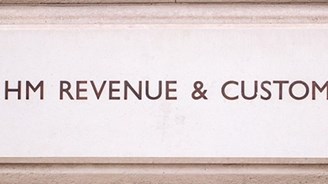Route 102 – One man’s year-long journey……Day 29

To mark this momentous year for UK GAAP, I'm embarking on a mission to work my way through FRS 102, reading a portion on each working day of 2015 and writing a short blog entry on my thoughts and musings (be they few or many).
Day 29 (26 Feb)
I'm off to rainy Sheffield today, but there's enough time to give you an example of the amortised cost approach to a loan.
Well, I'm cheating really, because the lovely people at FRC have already provided a worked example in 11.20 within FRS 102. All I've done is changed the example to a loan received (rather than a bond), which changes the figures slightly, and added some real dates and currency.
In this example, the entity borrows £900K on 1 January 2015, although an arrangement fee of £50K is charged.
The stated interest charge is £40K per annum paid each 31 December for five years. At the end of the loan, the entity repays the £900K capital plus a redemption fee of £200K.
Currently, many accountants would record an initial creditor of £900K, debiting cash with the net amount received of £850K and debiting the arrangement fee either to the P&L immediately or treating this as a prepayment and spreading over the five years.
We're not daft enough to only show interest of £40K per annum, as there's clearly a huge final penalty to pay at the end. So we'd add up the total finance charge (5 x £40K, plus the final £200K = £400K) and spread this evenly over the five years, giving an annual interest of £80K. So our repayments table looks like this:
| Year | Loan b/fwd | Interest | Repaid | Loan c/fwd |
| 2015 | 900 | 80 | -40 | 940 |
| 2016 | 940 | 80 | -40 | 980 |
| 2017 | 980 | 80 | -40 | 1020 |
| 2018 | 1020 | 80 | -40 | 1060 |
| 2019 | 1060 | 80 | -1140 | 0 |
Not any more. Firstly, the loan should be initially recognised at the transaction price including transaction costs, ie at only £850K (NB the example in FRS 102 is for a bond, so the £50K is added rather than deducted as in my example). We then calculate the effective rate of interest. How do we do this? In Excel, create a column of figures (say, B1:B6) like so: 850, -40, -40, -40, -40, -1140 (effectively the yearly cash transactions), and in a separate cell enter the formula =IRR(B1:B6). In this case, the effective rate is the memorable 9.56533%.
Out table under FRS 102 becomes the following:
| Year | Loan b/fwd | Interest* | Repaid | Loan c/fwd |
| 2015 | 850 | 81.31 | -40 | 891.31 |
| 2016 | 891.31 | 85.26 | -40 | 936.56 |
| 2017 | 936.56 | 89.59 | -40 | 986.15 |
| 2018 | 986.15 | 94.33 | -40 | 1040.48 |
| 2019 | 1040.48 | 99.52 | -1140 | 0 |
| * at a rate of | 9.56533% | on the loan b/fwd | ||
Now, you'll have to decide whether this new approach makes a material difference to your loan, and if so, this is the new approach we should take.
Right, that's it for now. Time to hit a drizzly M1...
P.S. If you missed yesterday's instalment please click here.



